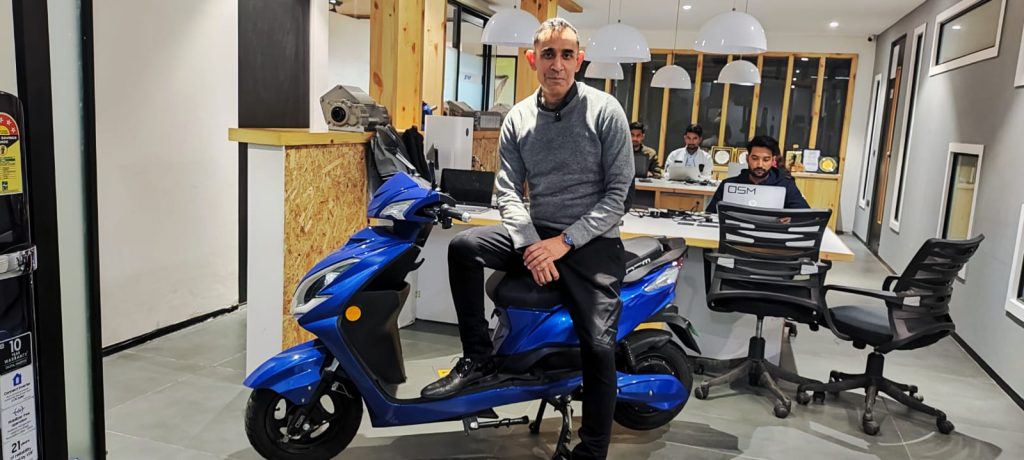
Electric vehicles are playing a crucial role in reducing air pollution in India, particularly in Delhi, one of the most polluted cities in the world.
The transition from conventional internal combustion engine vehicles to electric vehicles offers a sustainable solution to combat the escalating pollution levels.
Speaking to Tehelka.com Uday Narang, Chairman, Omega Seiki Mobility said, “I was working in USA and Europe for 13 years, and I thought of bringing the change into the country. I wanted to build product that lead the reduction in pollution. We live in Delhi and AQI is up the roof and nobody cares.”
He said that 40 per cent of the pollution is coming from commercial vehicles and at OSM we are trying to solve the problem by providing vehicles that are not just environmentally friendly but cheaper.
With a spirit to contribute to India and help reduce the pollution in the country, Narang moved to the homeland after spending 13 years in America and Europe.
With the vision, he created an electric vehicle company, providing solutions ranging from two wheelers to affordable four wheeler commercial trucks with latest technologies in terms of battery, and charging.
In Delhi, where vehicular emissions are a major source of air pollution, EVs significantly reduce the release of harmful pollutants such as nitrogen oxides (NOx), carbon monoxide (CO), and particulate matter (PM), which are commonly associated with gasoline and diesel engines.
EVs, being powered by electricity rather than fossil fuels, produce zero tailpipe emissions, making them an essential tool in improving urban air quality and contributing to cleaner, healthier environments.
“Our products are plying on roads of Delhi and Bengaluru. I only want the a better product for our customers and we are continuously working towards it,” he added.
The capital is struggling with hazardous air quality with Air Quality Index breaching 400.
Today, despite the improved weather, Delhi’s air quality remains in the ‘very poor’ category, with an Air Quality Index (AQI) of 371 recorded at 7 am, as per the Central Pollution Control Board (CPCB).
The AQI at various locations in Delhi was recorded as following: Anand Vihar at 398, IGI Airport (T3) at 340, Aya Nagar at 360, Lodhi Road at 345, ITO at 380, Chandni Chowk at 315, and Punjabi Bagh at 386.
On Tuesday, the Central Government’s air quality monitoring panel revoked Stage IV measures under the Graded Response Action Plan (GRAP) following an improvement in air quality.
However, measures under Stages I, II, and III will remain in effect to prevent further degradation of air quality, announced the Commission for Air Quality Management (CAQM) on 24th December.













